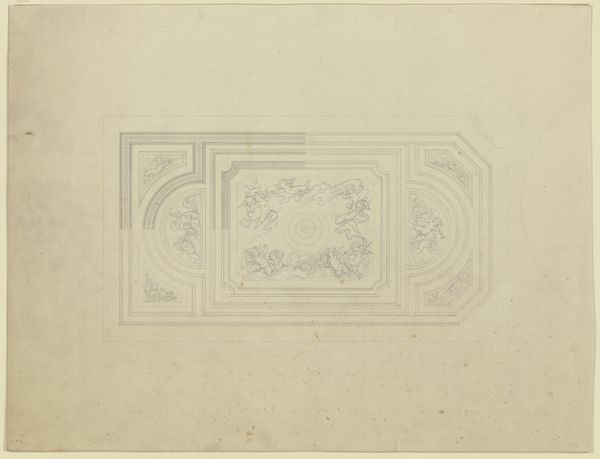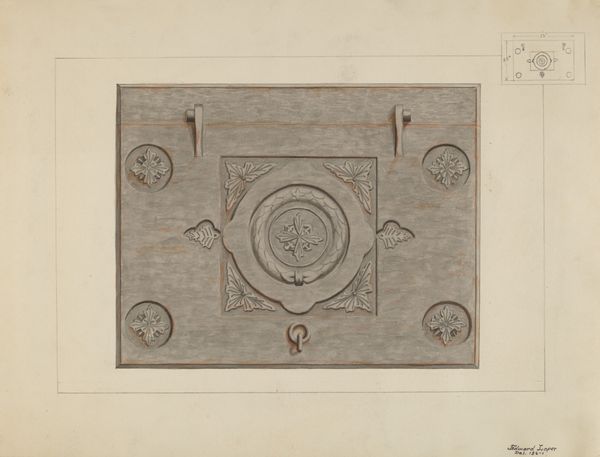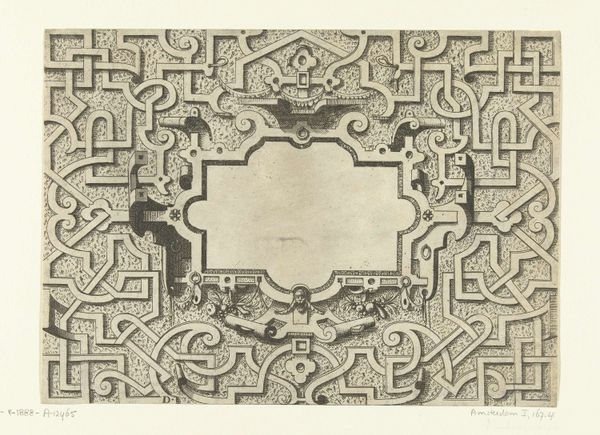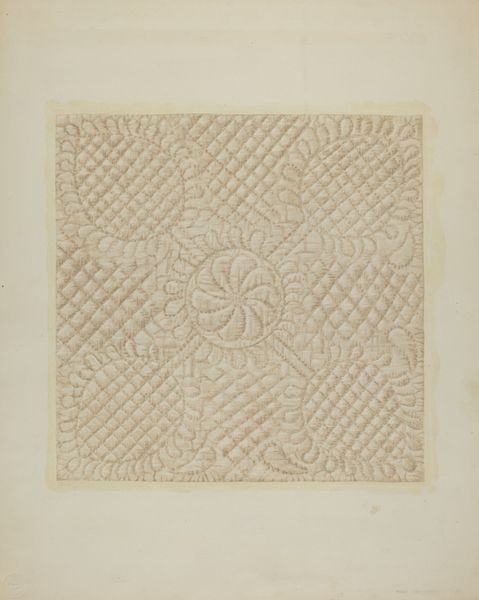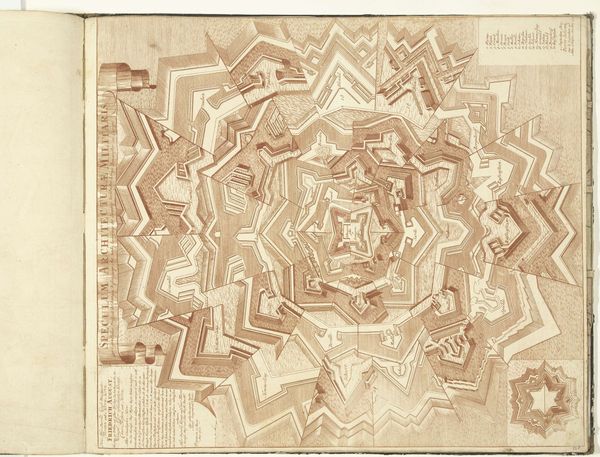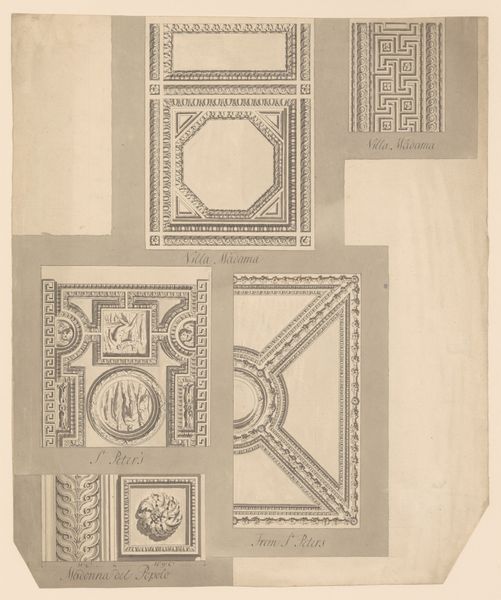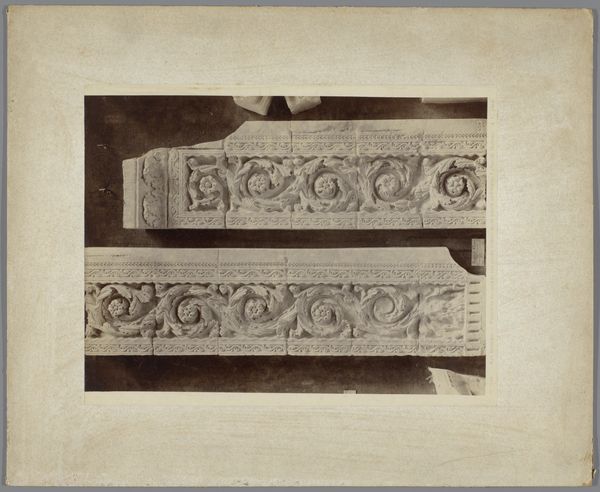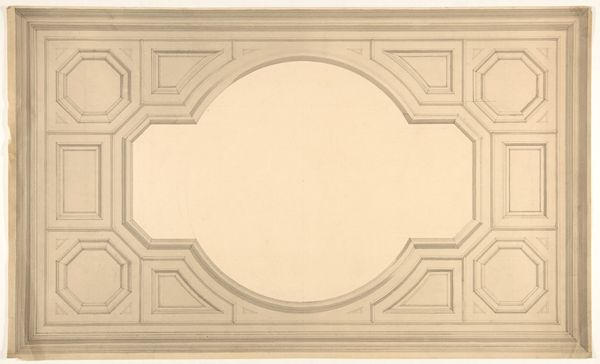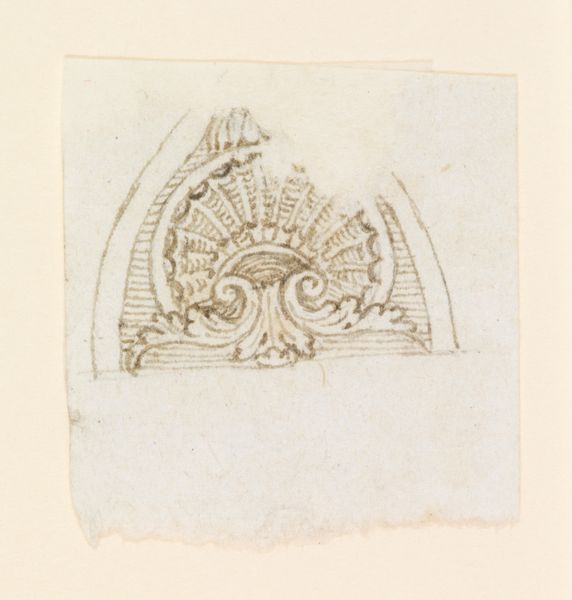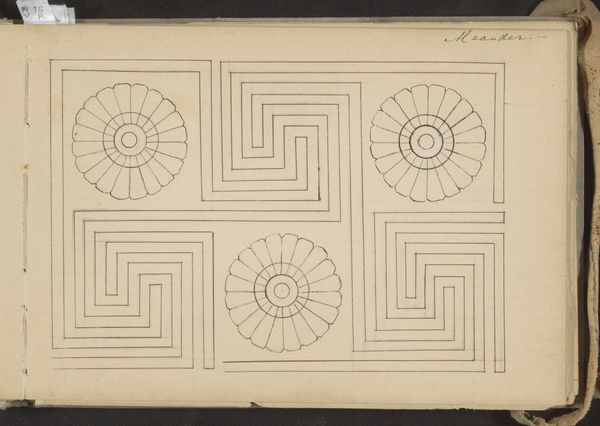
Afgietsel van een reliëf van de Prieuré Notre-Dame te La Charité-sur-Loire c. 1875 - 1900
0:00
0:00
adolphegiraudon
Rijksmuseum
print, relief, photography, gelatin-silver-print
#
medieval
# print
#
relief
#
photography
#
romanesque
#
geometric
#
gelatin-silver-print
Dimensions: height 205 mm, width 261 mm
Copyright: Rijks Museum: Open Domain
Curator: This gelatin silver print presents a plaster cast taken between 1875 and 1900 by Adolphe Giraudon, of a relief found at the Prieuré Notre-Dame in La Charité-sur-Loire. Editor: There's a subdued, almost melancholic quality to this image. It gives me the impression of ancient stone weathered by time, like it’s an artifact rescued from a ruin. Curator: Indeed. This image captures a slice of Romanesque design, part of a broader architectural trend that defined much of medieval Europe. It’s also interesting that it’s not the original sculpture but a photograph of a plaster cast. The photograph itself is a tangible document, illustrating changing preservation practices and attitudes towards art history during that period. Editor: Exactly. I wonder about the labor involved in creating the cast, transporting it, and then photographing it using the gelatin silver process, a relatively new technology at the time. How did the act of reproducing it influence access to the visual culture and architectural details of Romanesque Europe? What purpose did these reproductions serve for those who couldn’t visit the site firsthand? Curator: That is a very important question. This photograph served not only to educate the broader population but also provided source material for art students and architects unable to travel widely. This image is a product of that demand and reflects the rising value being placed on understanding Europe’s medieval history. Thinking about it from an intersectional perspective, you can also consider this photography, at the turn of the 20th century, as a means of appropriating, interpreting, and archiving the legacy of religious imagery. Editor: I agree, the photographic process itself allowed for a wider dissemination of art, but it was a distinctly mediated form. We’re looking at a copy of a copy. However, the textures captured here—the subtle gradients in the stone—give the image a presence of its own. It allows us to see tool marks in the stone, bringing into focus the artisanal labor necessary to create this single ornamental design. Curator: It is fascinating how reproductive technology and artistic expression meet here to convey historical data to a different audience. It makes you think about our current relationship with digital archiving and how we interact with reproduced history today. Editor: Definitely. I walk away from this short study seeing not just medieval craftsmanship, but the transformation of Romanesque design as it becomes commodified and interpreted by contemporary eyes.
Comments
No comments
Be the first to comment and join the conversation on the ultimate creative platform.
